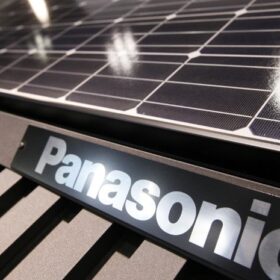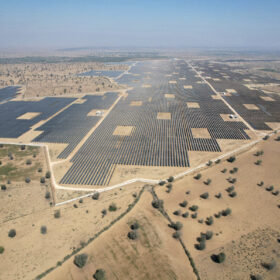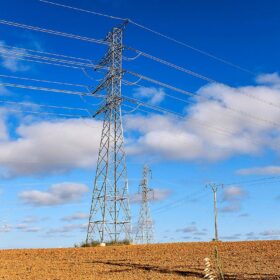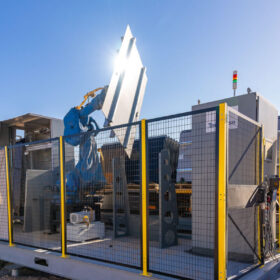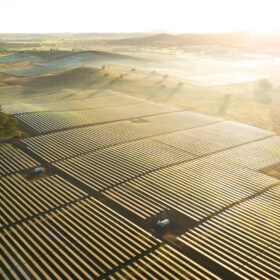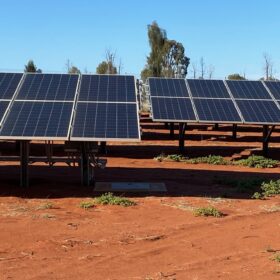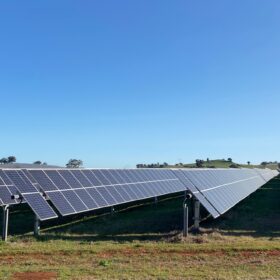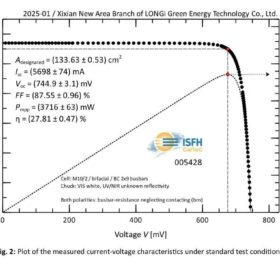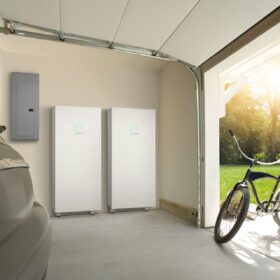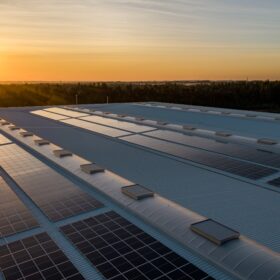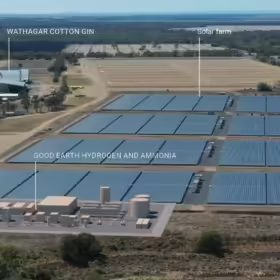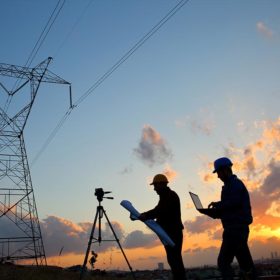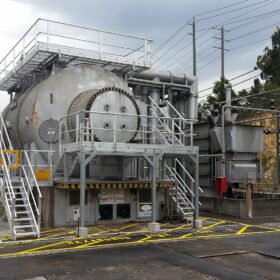Panasonic exits solar and battery storage
Panasonic has told its installation partners that it will no longer produce products for the residential solar and storage markets but will continue to offer warranty and installation support for existing and ongoing projects.
Amazon buying big on solar
For the past five consecutive years, tech and retail giant Amazon has been the world’s largest procurer of renewable energy, investing in projects and signing power purchase agreements all over the world. pv magazine spoke with representatives of the company about its ambitious energy plans.
History repeats as Iberian blackout demonstrates urgent need for battery storage
The vast blackout that gripped the Iberian Peninsula on April 28 has echoes of a similar event in South Australia in 2016. The solution in both cases appears to be the same.
How robotics is reshaping solar module installation
With module sizes increasing, labour shortages worsening and workplace safety risks escalating, automation is a necessity.
Chemitek Solar launches new antistatic soiling mitigation coating
The Portuguese company said its new anti-soiling solution lasts for at least a year. It can be applied during routine cleaning operations by mixing it directly in the cleaning water.
Majority of Australian business chiefs want renewable grid by 2035
A global business executive poll has found 77% of Australian business leaders want a renewables-based electricity system within the decade and for the federal government to priortise reskilling of high-carbon sector workers to help fill clean energy jobs.
Climatic conditions critical for module design and durability
When it comes to module durability, we need to think differently, according to research from Austria’s Polymer Competence Center Leoben. Researcher Chiara Barretta reveals study results that saw modules in a tropical environment suffer significant degradation. Even stabiliser materials in the encapsulants had a limited effect.
Global solar module shipments hit 703 GW in 2024
The new edition of the International Technology Roadmap for Photovoltaic, published this week, reports that average PV module prices last year dropped by 33% compared to the end of 2023.
Australia among world’s solar and wind champions
New data shows Sweden, Australia, Netherlands, Germany and Denmark are the leading countries for per capita solar and wind generation capacity. Furthermore, it reveals global solar capacity has been doubling every three years, and wind every six years, whereas fossil and nuclear capacity and generation have been almost static in recent years.
Longi claims world’s highest efficiency for silicon solar cells
Longi said it has achieved a 27.81% efficiency rating for a hybrid interdigitated back contact, a result confirmed by Germany’s Institute for Solar Energy Research Hamelin.
